
GiftSync
Services Provided
• Digital Product Design

Non-profit organisations frequently encounter significant hurdles in accurately and efficiently tracking and reconciling diverse donation streams. Reliance on manual processes for handling both online payments (via platforms like Stripe) and offline donations (cheques, cash, direct credits) leads to a multitude of pain points:
The core issue was the fragmented flow of donation data, necessitating substantial manual intervention and resulting in inefficiencies, inaccuracies, and a lack of comprehensive financial oversight for non-profit organisations.
This project was developed as a Minimum Viable Product (MVP) solution, with the understanding that enhancements would be implemented as the product gained adoption. Key restrictions and limitations included:
Our product design process for GiftSync was deeply rooted in understanding the user personas and the complex data flows involved. The focus was on creating an intuitive and trustworthy interface that simplified intricate financial processes, while also establishing a strong brand identity.
Brand Development:
User Interface (UI) Design & Solutioning:
The initial MVP of GiftSync successfully addressed critical pain points for non-profit organisations by automating complex financial reconciliation processes. By providing a clear, branded interface and robust integrations, it significantly reduced manual effort, improved data accuracy, and laid the groundwork for enhanced financial oversight and strategic decision-making. The solution was built to meet the real-world needs of a client, informed by direct user research and a strategic design approach that balanced speed-to-market with a strong user experience, ensuring immediate value and a solid foundation for future product evolution.
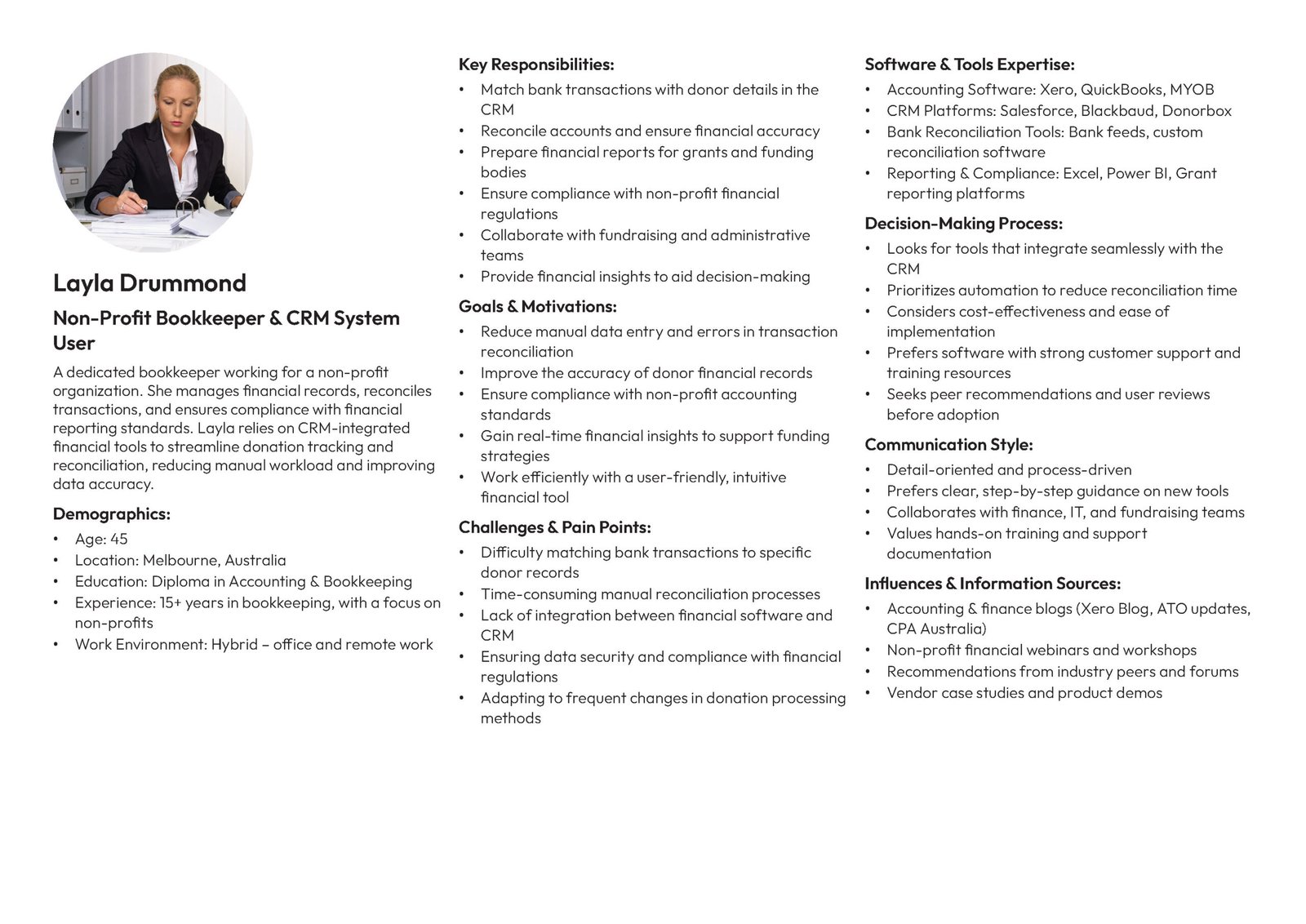
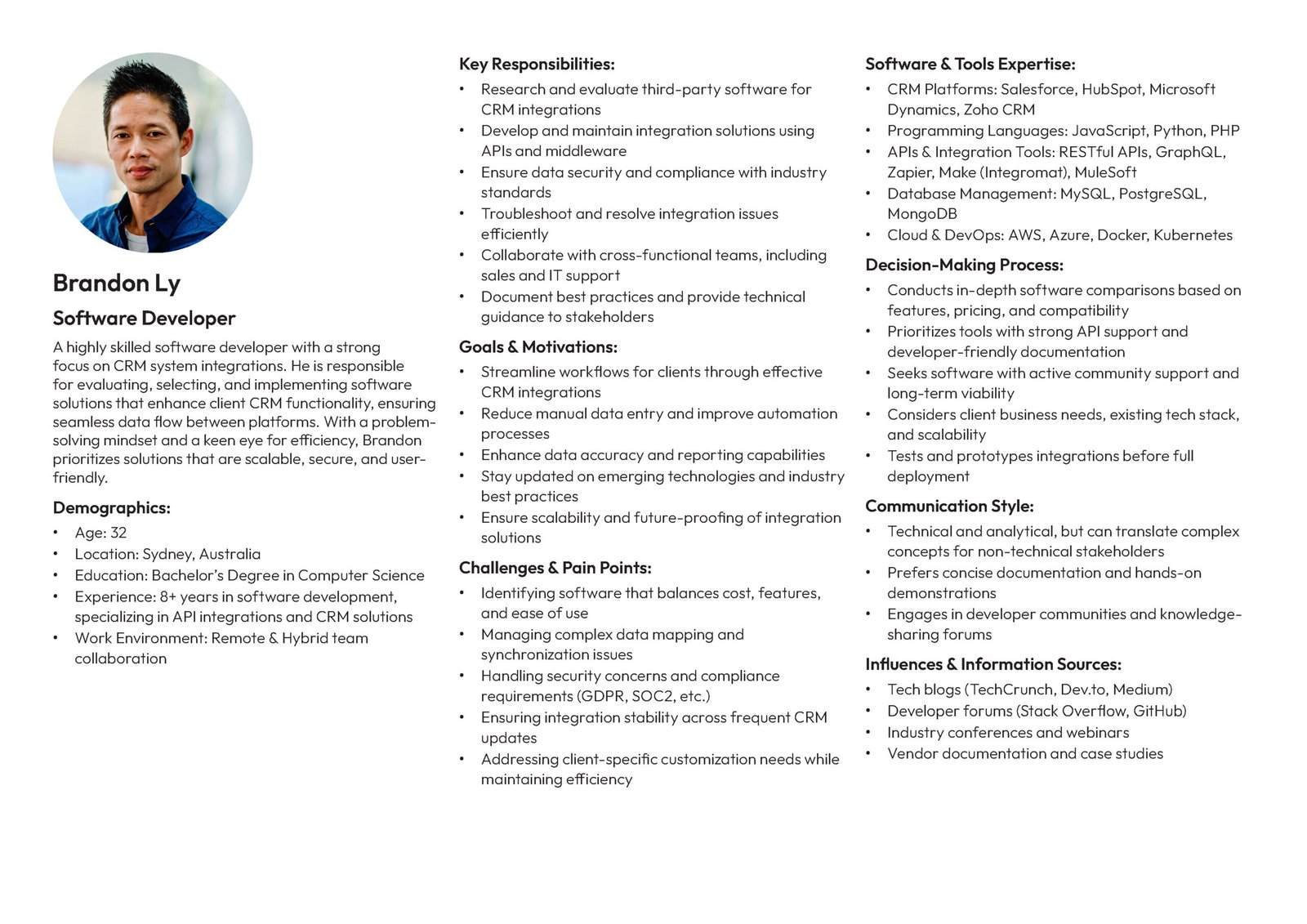
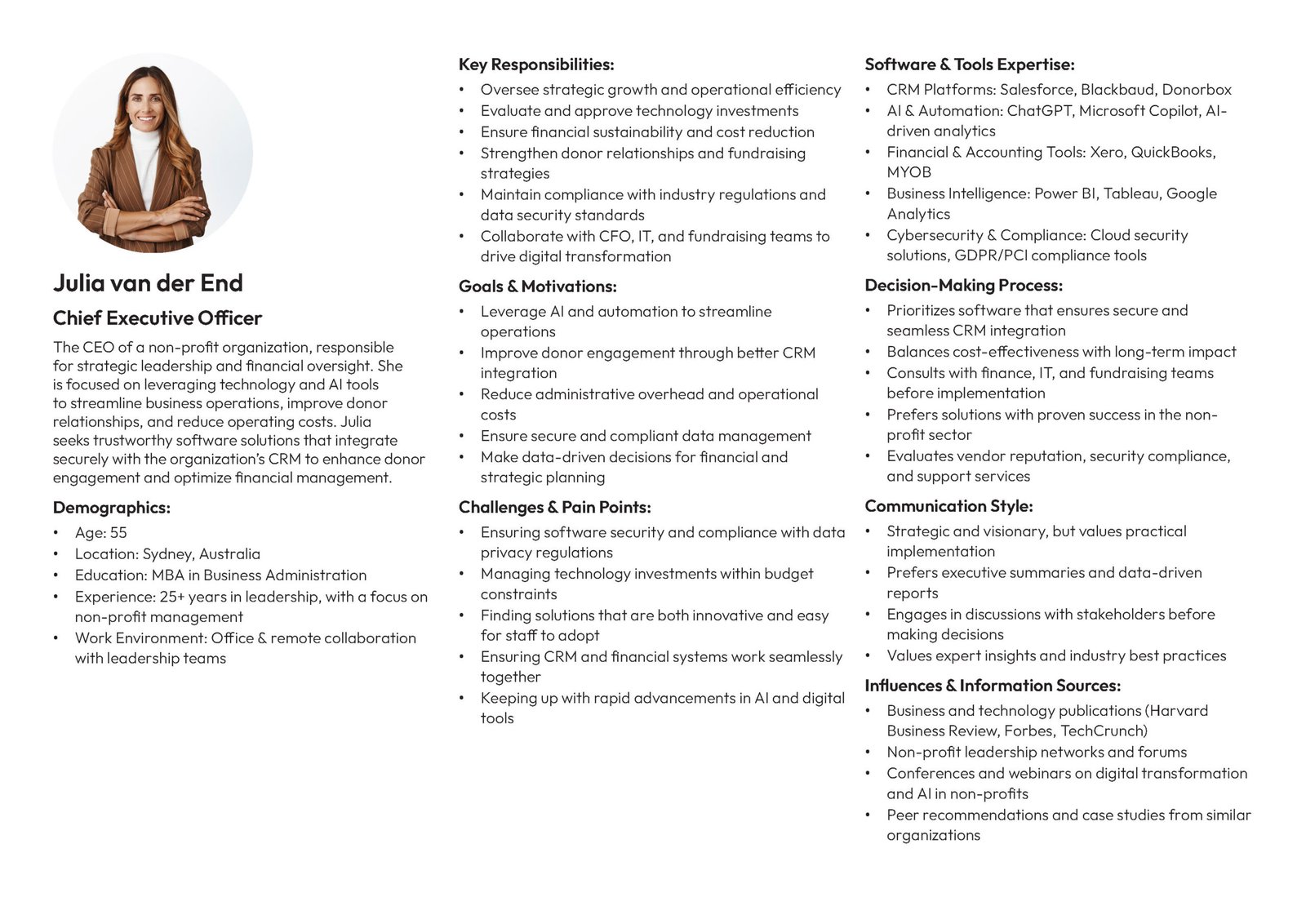

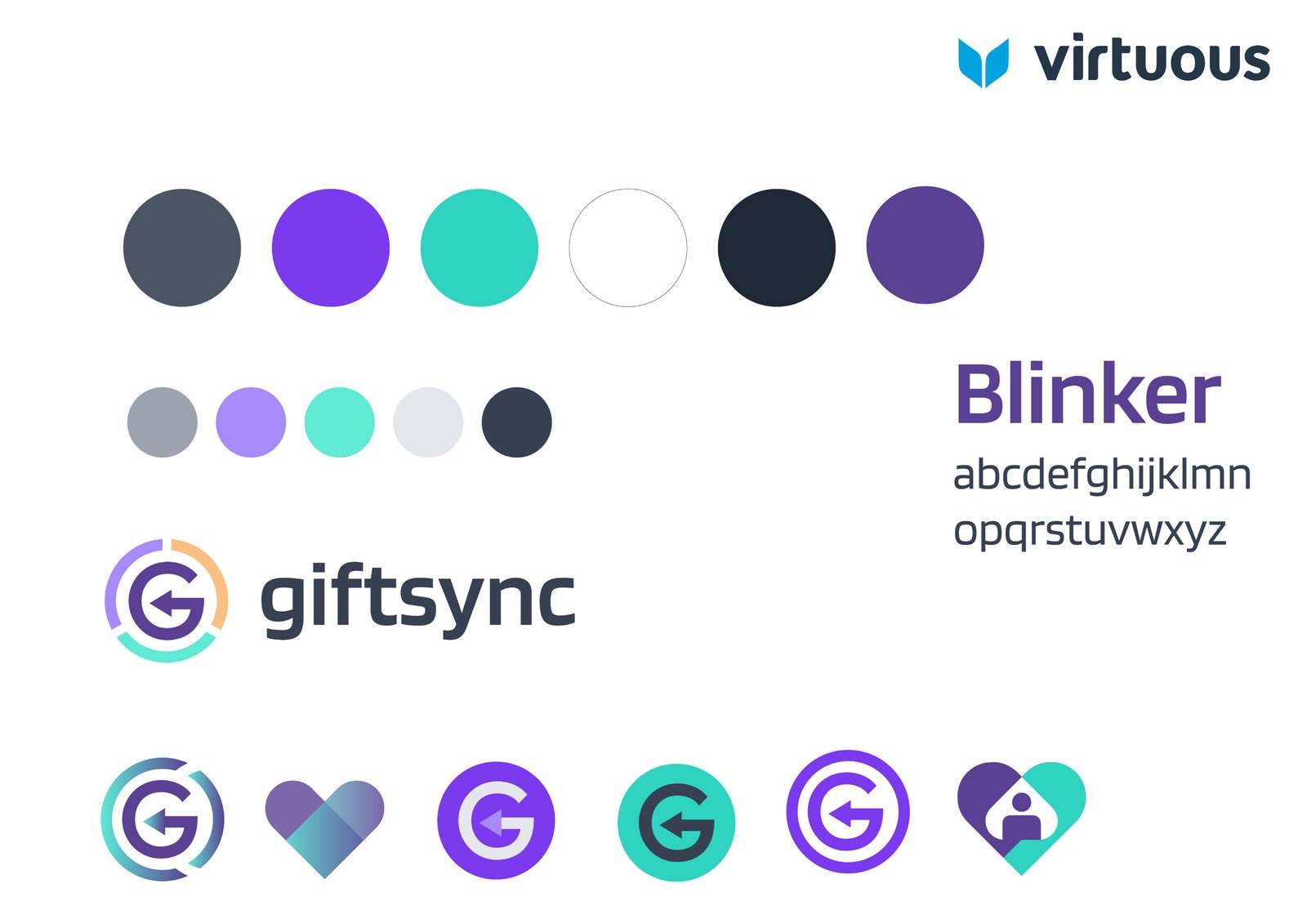
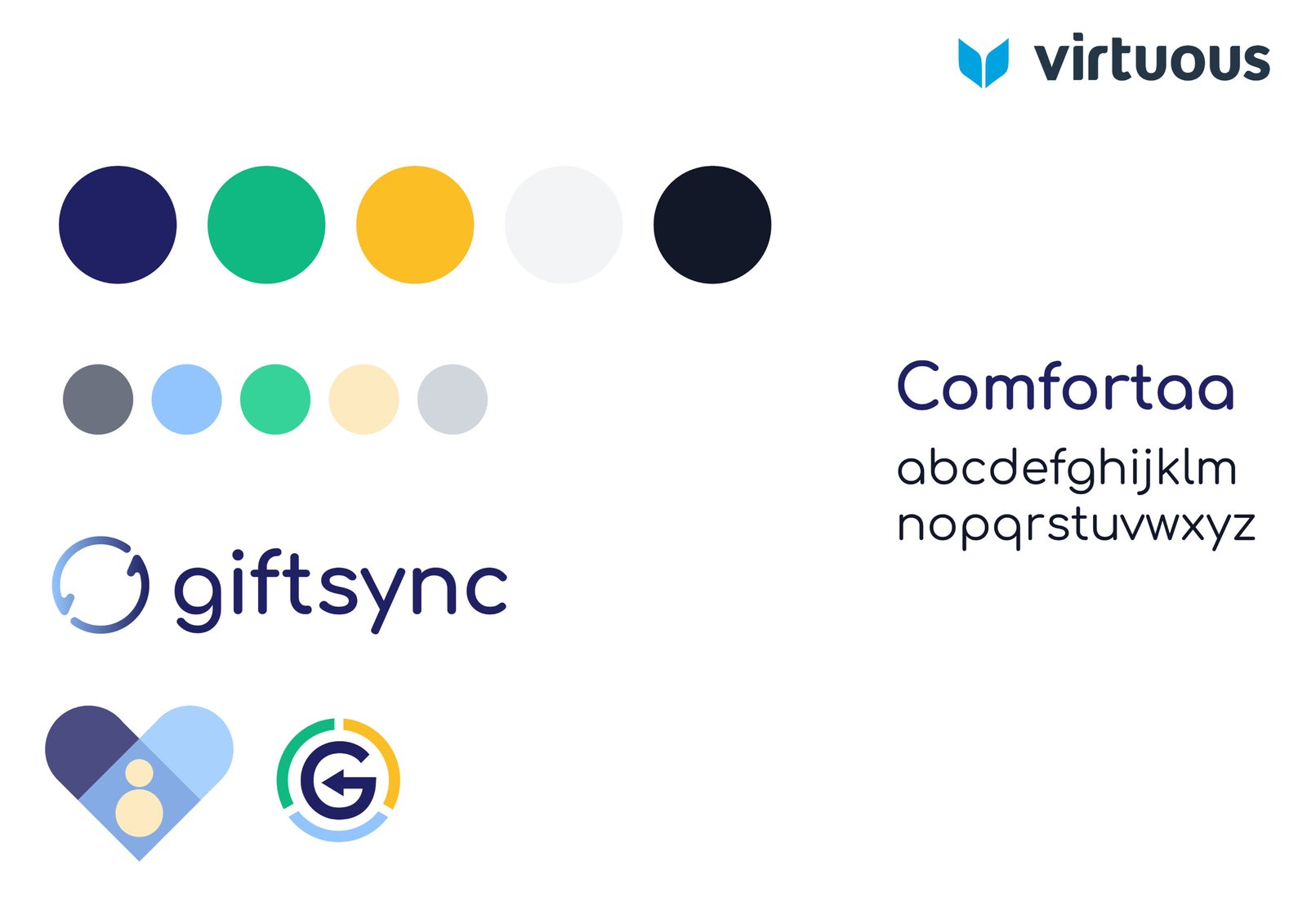
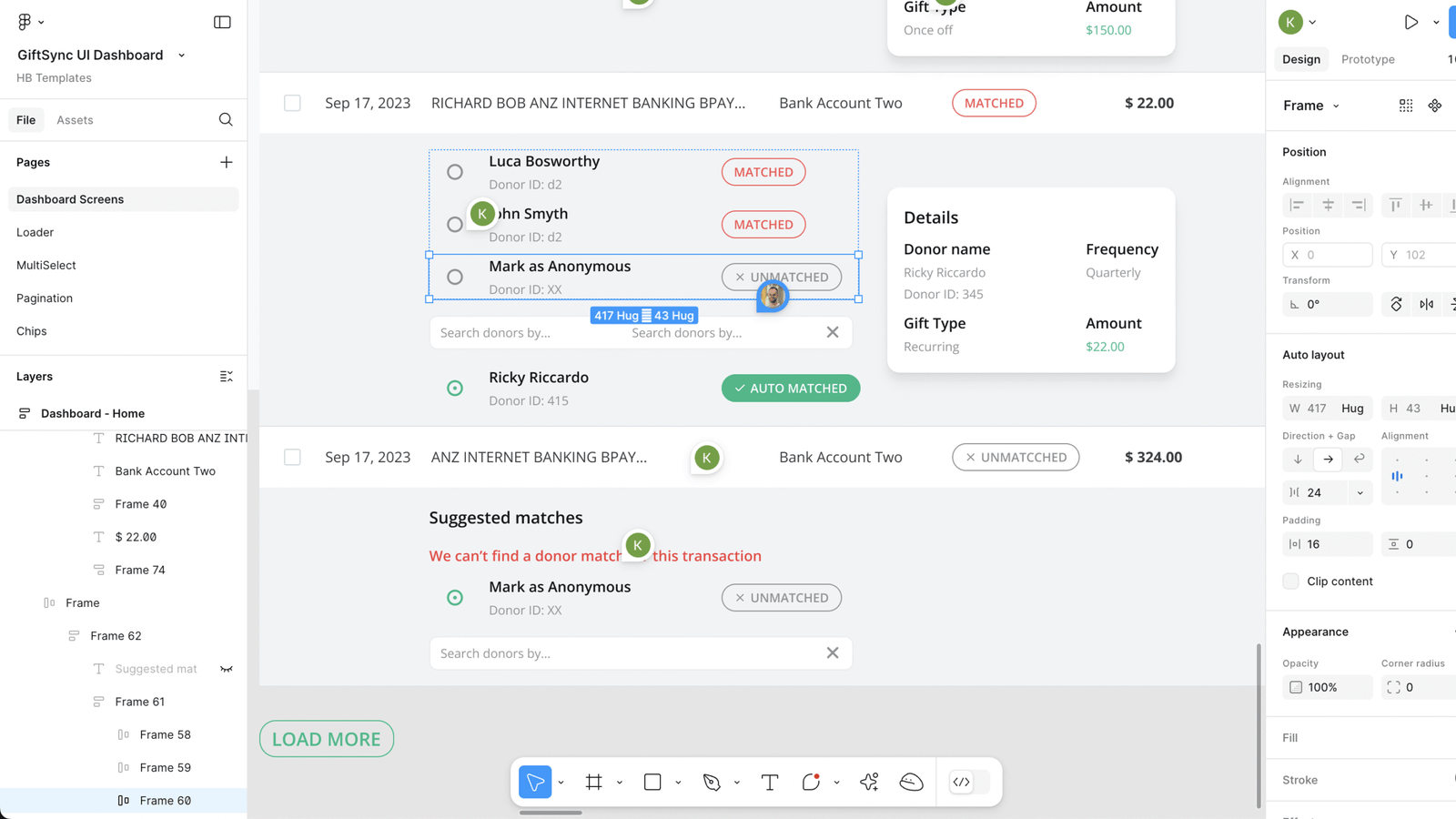
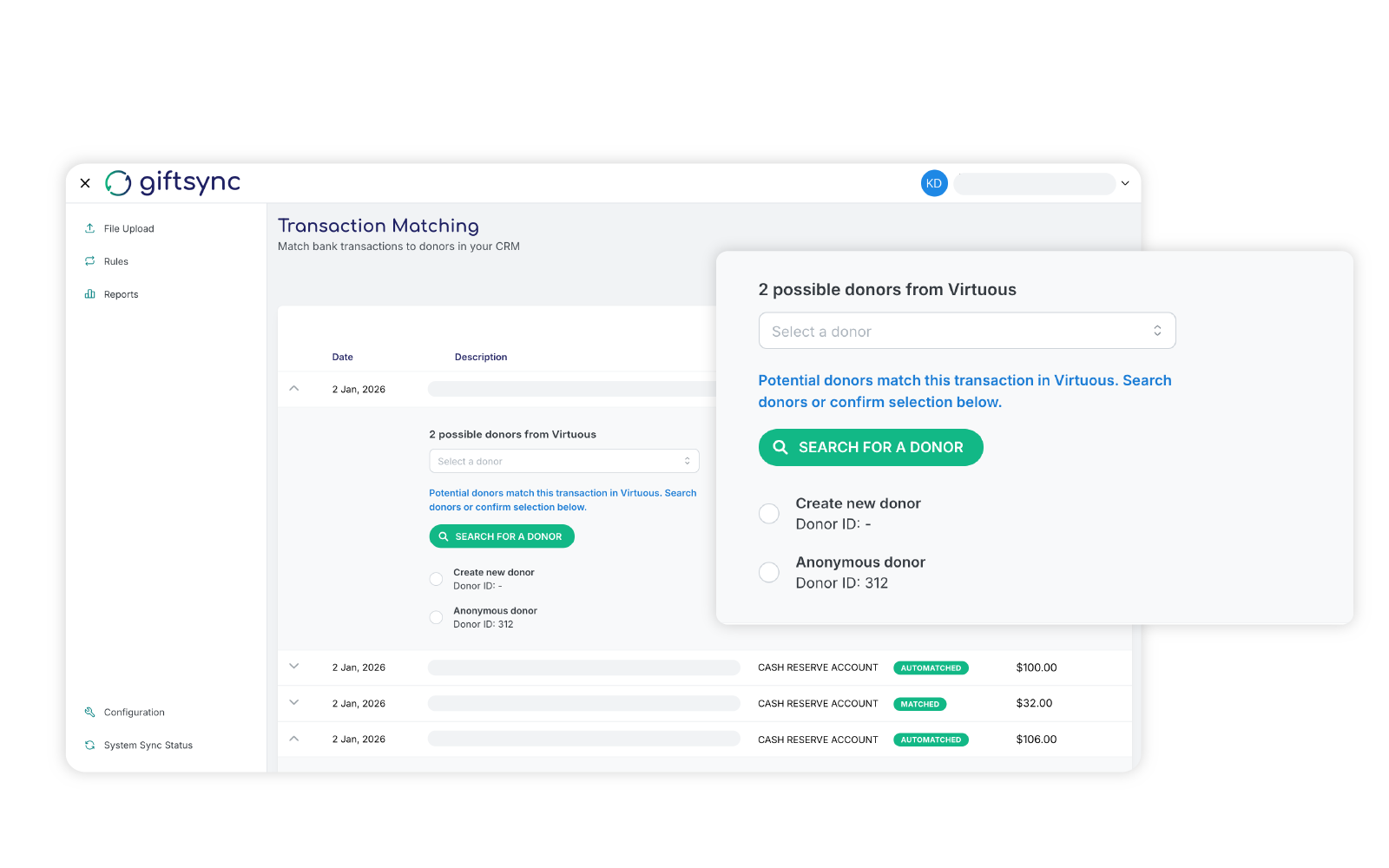
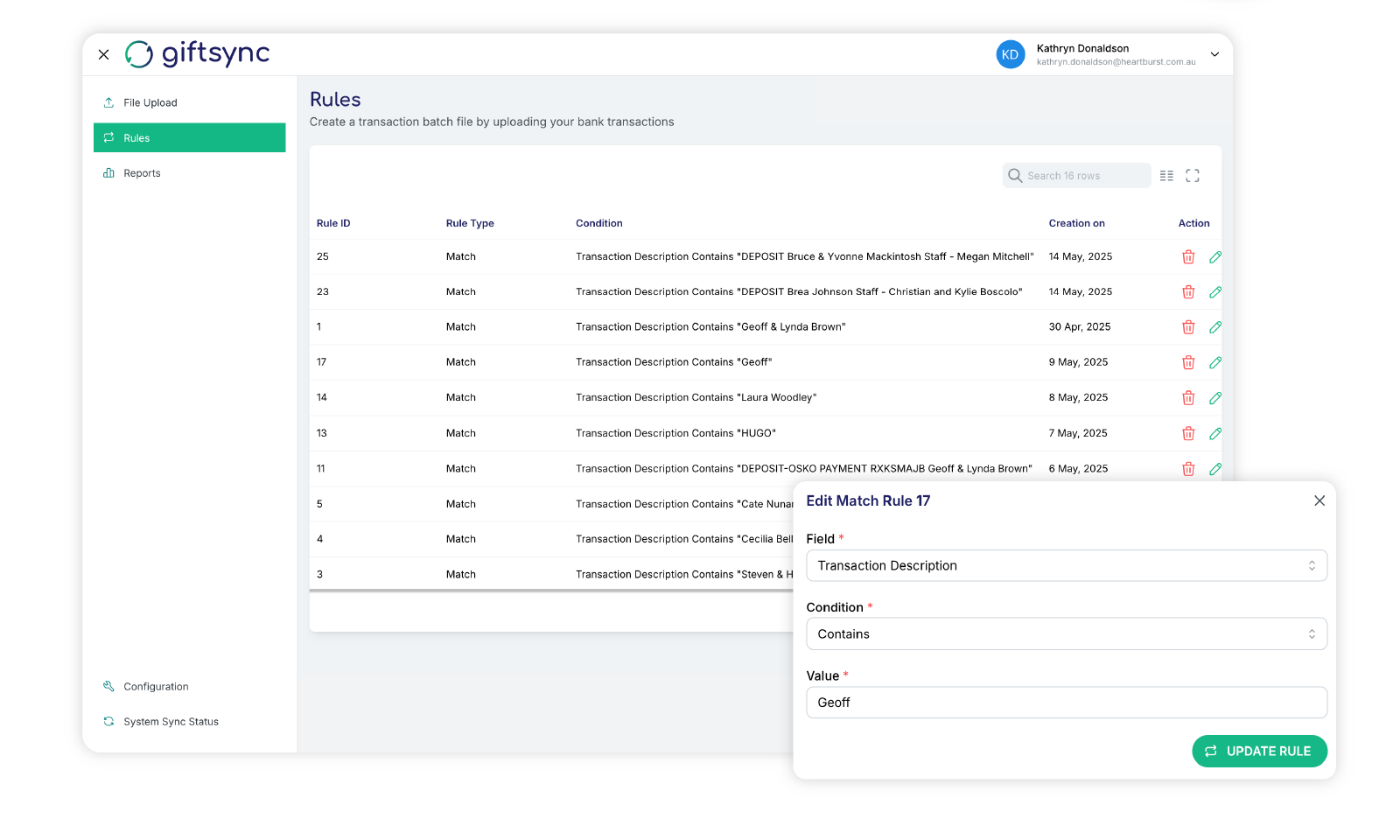
View some of my recommendations on LinkedIn.
Have some questions... let's connect!